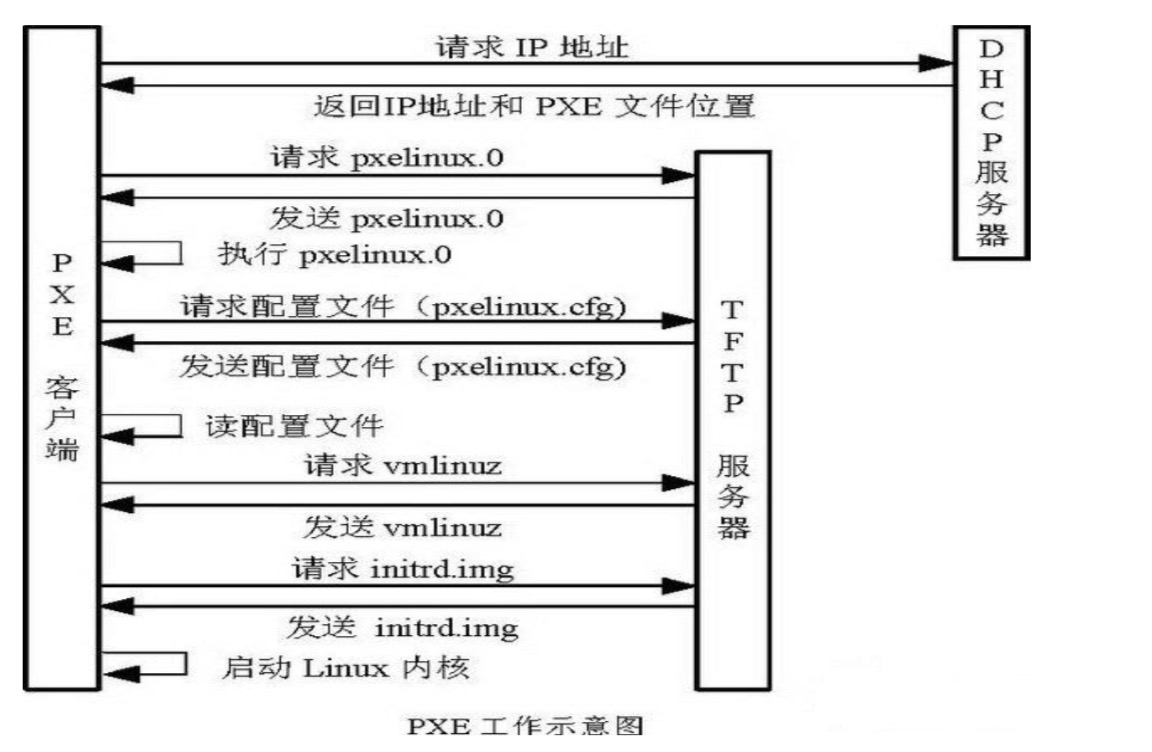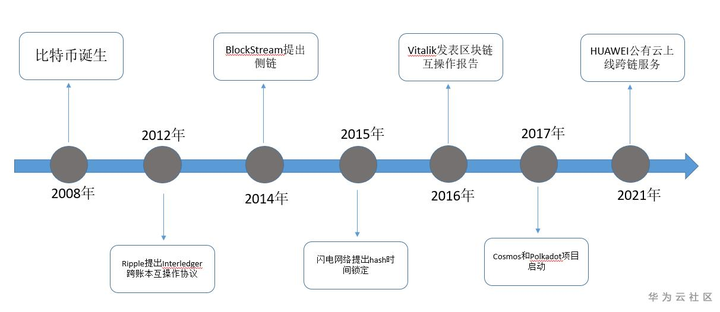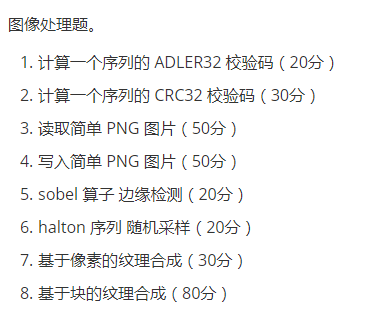I am trying to create an interactive Version of this plot:

So far I have the following code that creates an interactive plot but is not exactly what I am looking for:
#Create Data
library(ggvis)
set.seed(123)
tdat <- data.frame(group = rep(LETTERS[1:2], each = 50),
time = rep(seq(from = as.Date("2010-01-01"), length.out = 50, by = "day"), 2),
val = c(cumsum(rnorm(50)) + 100,
cumsum(rnorm(50)) + 100))
# ggvis Code
# Function for the tooltip
getData <- function(dat){
paste(paste("Time:", as.character(dat$time)),
paste("Group:", as.character(dat$group)),
paste("Value:", dat$val),
sep = "<br />")
}
# Visualisation
tdat %>% ggvis(~time, ~val, stroke = ~group) %>% layer_lines(strokeWidth := 1) %>%
layer_points(size = 1, fill = ~group) %>% add_tooltip(getData)
This results in the following plot:
 There are however some issues:
There are however some issues:
1) I don't want to have points, just lines. Without the layer_points, there are no tooltips...
2) The variable time is a date but shows up as an integer. How can I fix the ugly number?
Thank you very much.
Edit
The field of the tooltip can be formated to date if it is coerced to a char before calling the ggvis function but it introduces other issues. For example, the x-axis does not shown properly.



